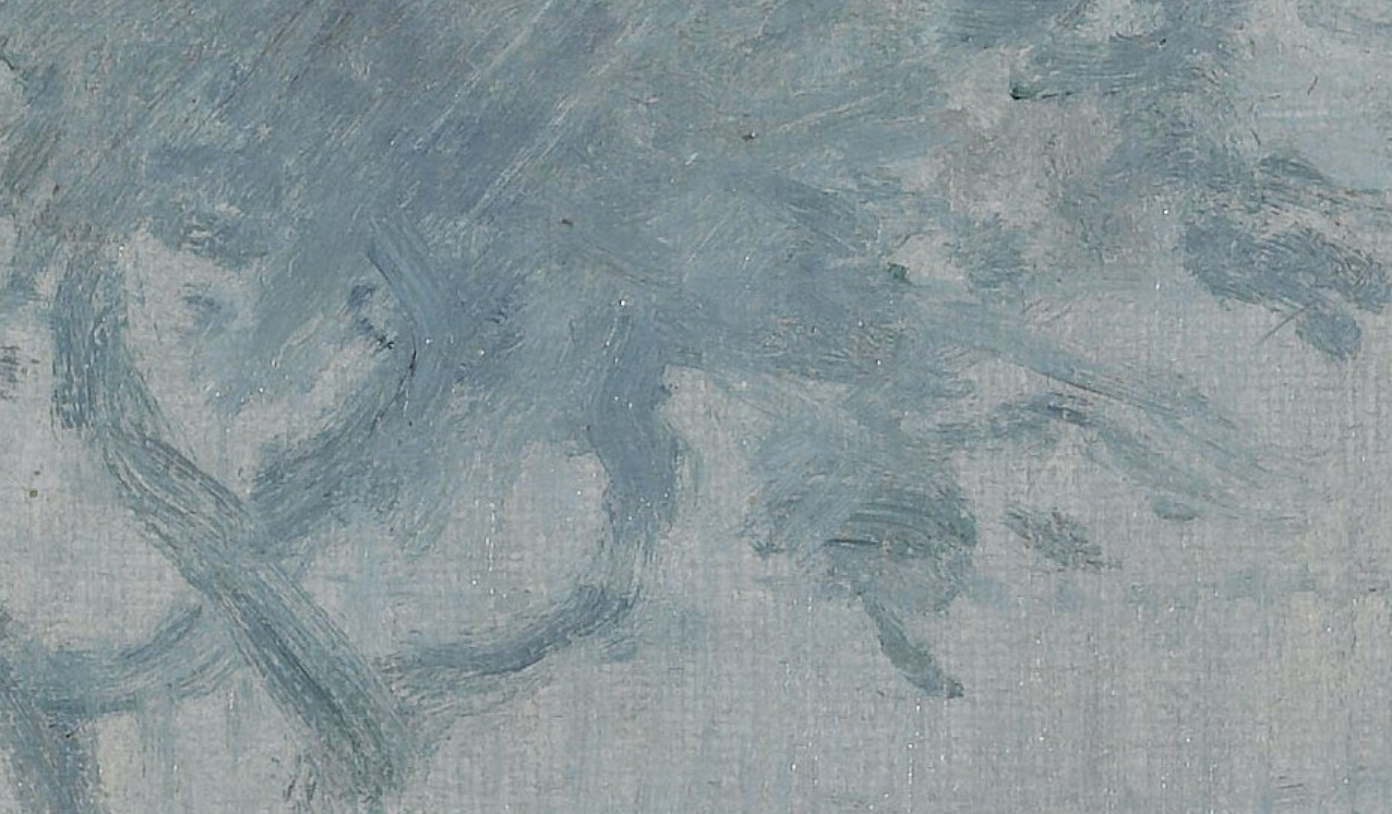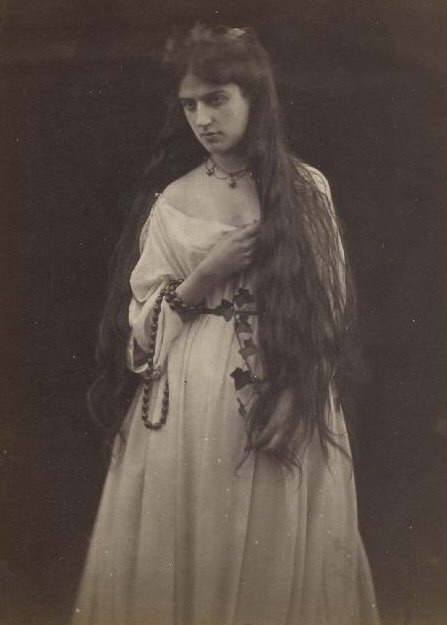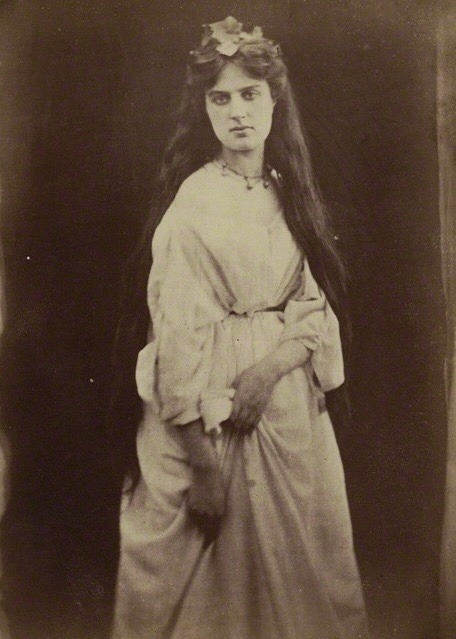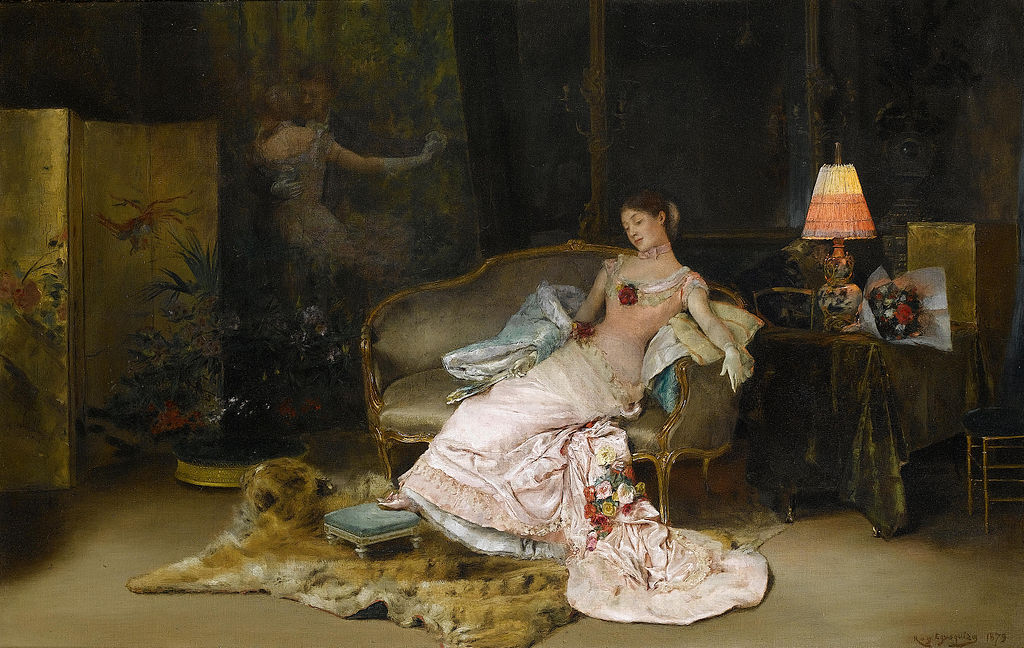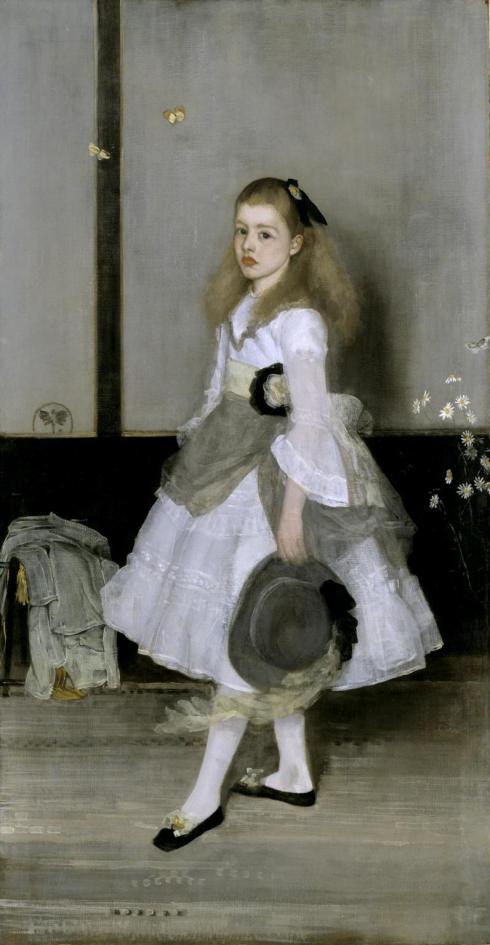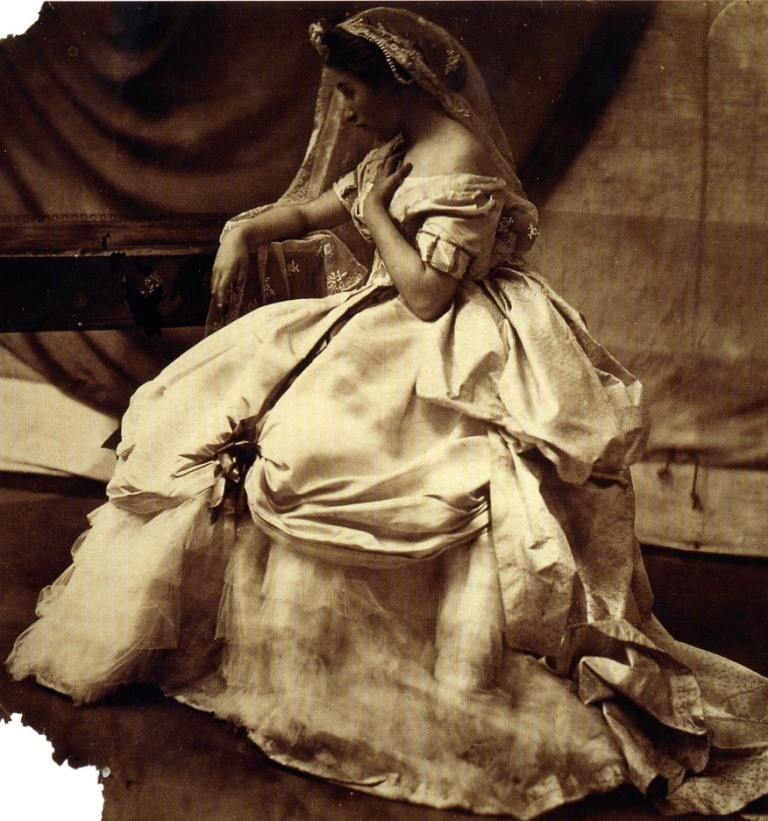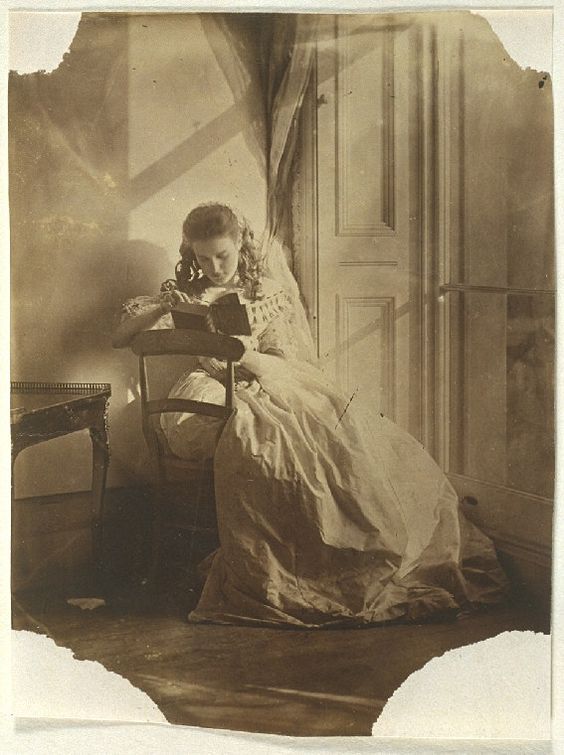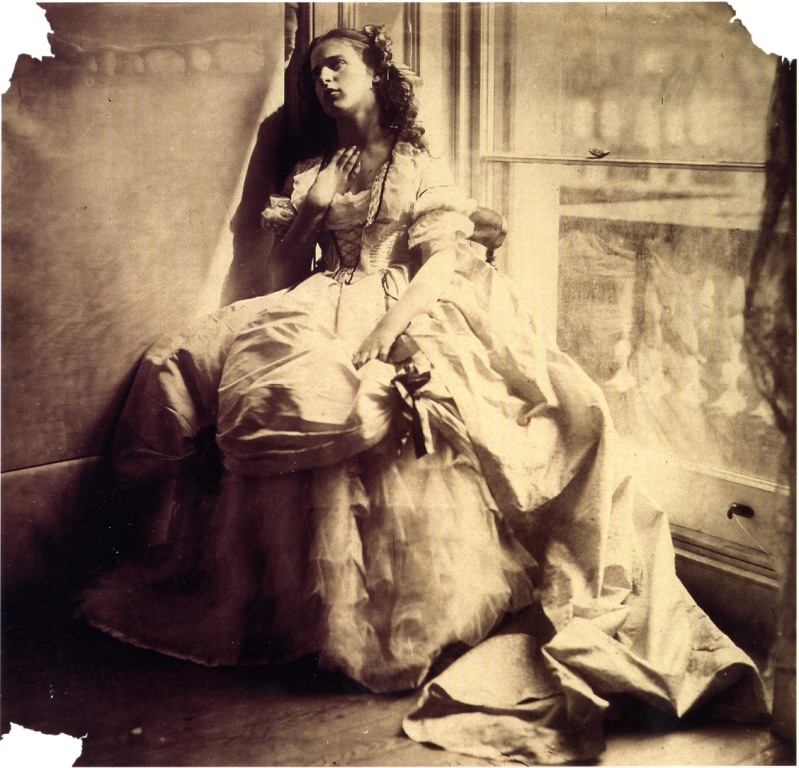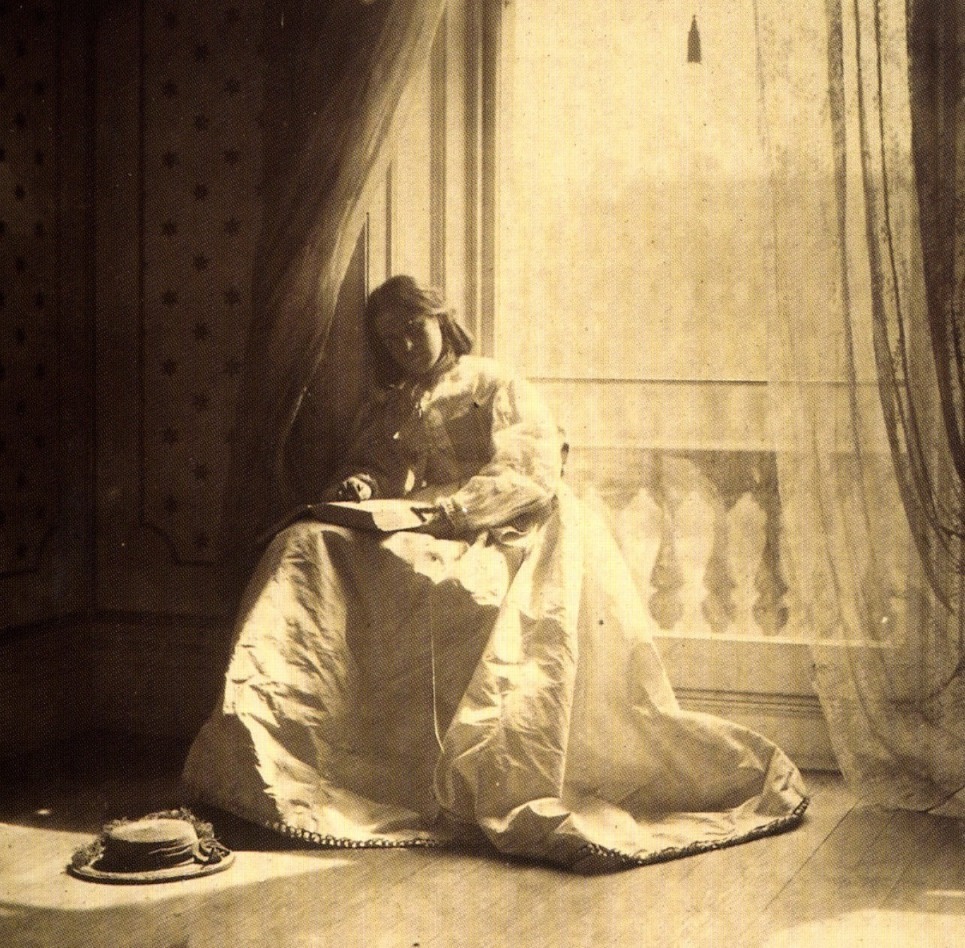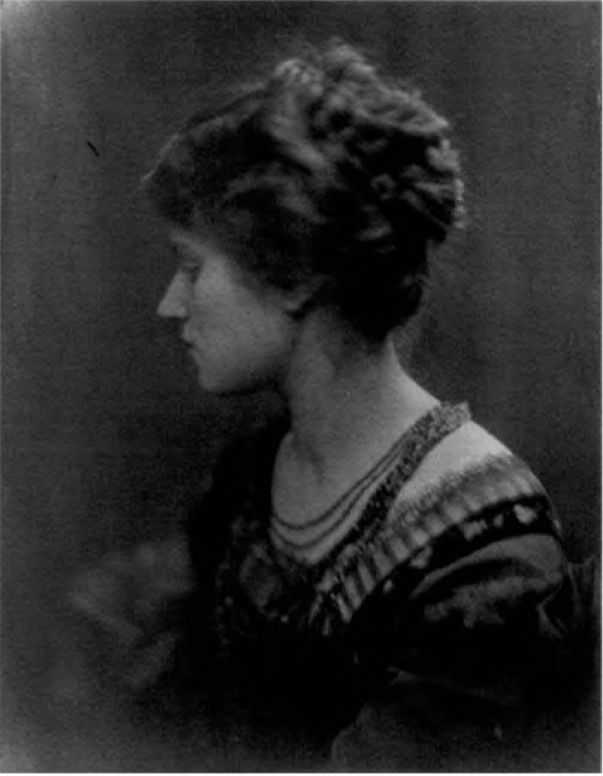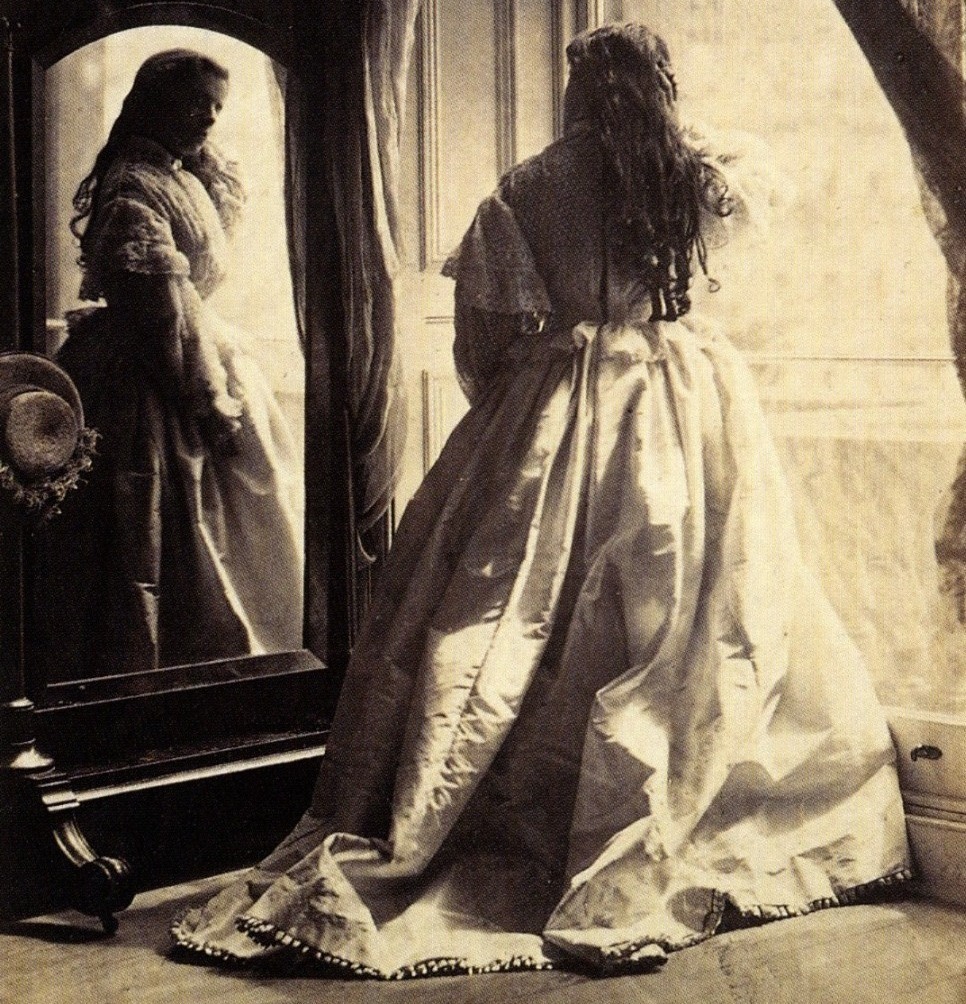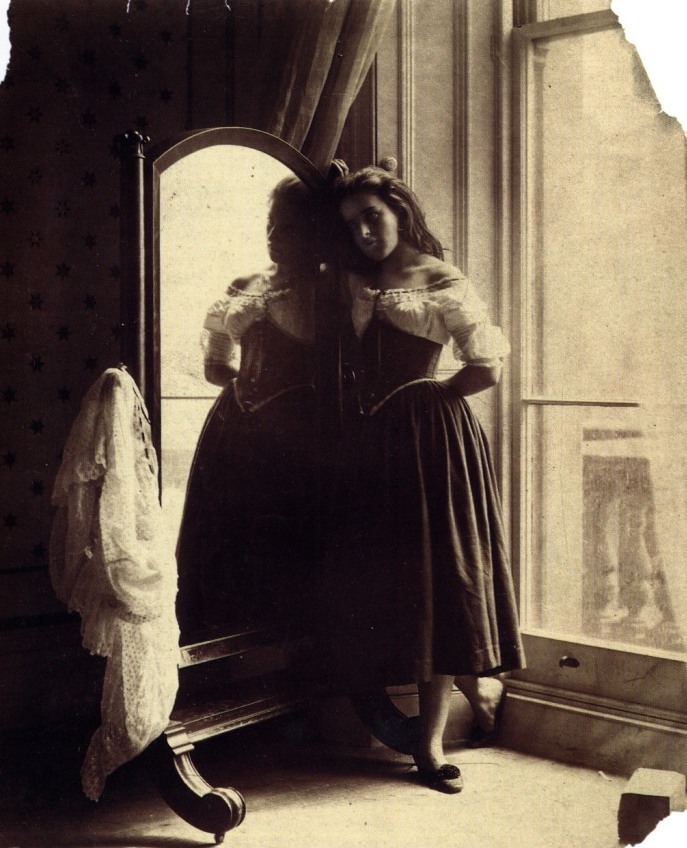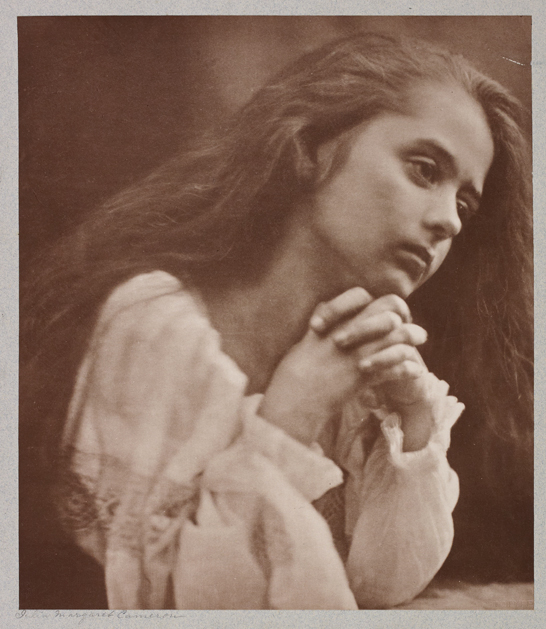“I am longing to be with you, and by the sea, where we can talk together freely and build our castles in the air.”
(Bram Stoker, Dracula)
 Maurice Prendergast, Revere Beach, 1897, watercolour
Maurice Prendergast, Revere Beach, 1897, watercolour
These days my thoughts, like birds flying south, are going out to the sea – the wonderful blue sea that Rimbaud wrote about:
“It has been found again.
What? – Eternity.
It is the sea fled away
With the sun.“
I dream of pebbles on the beach, waves caressing my feet and sunsets so bright and orange that they leave me blind. Memories of past summers fill my mind; I see the wonderful blue sea trembling before my eyes, the steady yet wild waves, the silvery-white seafoam shining in the rays of sun, the salty scent of the sea tickling my nostrils and the sun warming my skin, a plethora of pebbles and parasols in many vibrant colours, the line which separates the sky and the sea is faraway and out of reach. Filled with all these memories, I thought I would write a little overview of some lovely beach scenes in art, mostly the art of the late nineteenth and early twentieth century. When I say “beach scenes” I mean scenes of people enjoying their time by the sea, scenes of fun, games and leisure, not the melancholy scenes of beaches by the Romantic painters such as Caspar David Friedrich or John Constable, or those seventeenth century Dutch painters who portrayed the sea and ship in all their moodyness and wildness.

Winslow Homer, Beach Scene, circa 1869
Winslow Homer was a very prolific American painter whose watercolours of orchards and Caribbean seas I adore. In this oil on canvas painting called “Beach Scene” Homer combines his usual realistic style with some playful Impressionistic touches, especially in the way he explores the natural elements such as the sky, the sea, the seafoam… What I like a lot about this painting is the way the grey colour scheme is combined with the liveliness of the children playing; it’s a contrast which works wonderfully.

Berthe Morisot, At the Beach in Nice, 1882
The second artwork I’ve chosen is this lovely watercolour sketch by the French Impressionist painter Berthe Morisot. “At the Beach in Nice” shows a mother and a child under a blue parasol enjoying the vague sketch of what we assume is a beach by the title alone. This watercolour is more like a sketch; it seems to have been painted quickly, it’s more an impression of a moment rather than a contemplative study. There is a sand colour in the lower half of the painting and some blue in the upper half, indicating the sand and the sea. The mother and the child have almost matching blue bonnets, but they seem otherwordly in a way, like a memory or a dream, ghostly a bit.

Eugene Boudin, On the Beach, Trouville 1887
Now, it would be impossible to write a post about beach scenes and the sea without including a painting by the French marine painter Eugene Boudin. This time his painting “On the Beach, Trouville” from 1887 caught my eye. It doesn’t seem to be a sunny, hot day in this scene. The tones and styles of the ladies’ dresses are almost autumnal and the sea in the background is covered in a mist.

Philip Wilson Steer, Young Woman At The Beach, 1887
Philip Wilson Steer has many wonderful beach scenes and seascapes but the one I’ve chosen to include today is a painting called “Young Woman at the Beach”, painted in 1887. I love the lyrical simplicity of this painting: a girl seen from the profile, dressed in a lovely light pink gown, her dark hair flowing in the wind, looking out towards the sea – daydreaming or reminiscing about the gone by days… Her elegant silhouette is set against the background of the glistening sea and the soft vanilla sky. The way the light is painted here, the way it blinds the eyes and makes the waves sparkle with magic is something incredible. When I gaze at the girl in this painting, I can imagine her fantasising about some dream-lover far away and thinking: “I am longing to be with you, and by the sea, where we can talk together freely and build our castles in the air.”

William Merritt Chase, On the Beach, Shinnecock, 1895, watercolour
William Merritt Chase’s lovely watercolour “One the Beach, Shinnecock” from 1895 shows two girls playing in the sand. I love the way their dresses and bonnets are painted, so intensely delicate, like butterfly’s wings. The lonely landscape behind them stretches on and on, made out of sand and grass, making it seem that the girls are all alone in the world, building their castles in the sand, until the gust of September wind blows them away and destroys the fleeting fantasy forever.

Edvard Munch, Young Woman on the Beach, 1896
The wistful and melancholy vibe of Munch’s painting “Young Woman on the Beach” reminds me more of Caspar David Friedrich’s paintings. I mean, there is certainly no playfulness, leisure or joy here, but I still decided to include it because it shows that the sea can be a vessel not only for merriness but also for contemplation. The sea, with its eternal, never-changing, song of the seawaves, its persistence and its moodiness and changeability can awake all sorts of emotions inside of us. No words are needed to understand how this young woman feels because the painting says it all. The young woman’s back is turned against us and we can’t see her face, but we can feel what she is feeling and thinking, whilst standing here all alone by the sea, her silhouette in a white dress set against the infinite blueness of the beach.

Maurice Prendergast, Children at the Beach, 1897, watercolour
“The sea was like a feast and forced us to be happy, even when we did not particularly want to be. Perhaps subconsciously we loved the sea as a way to escape from the land where we were repressed; perhaps in floating on the waves we escaped our cursed insularity.”
(Reinaldo Arenas, Before Night Falls)
Now, another cheerful watercolour by Maurice Prendergast! The watercolour shows exactly what the title straightforwardly says: “Children at the Beach”. In Prendergast’s watercolour figures are often just blots of colour but this is what . No other painter can make the blue colour look so warm and cheerful; Prendergast’s blue is like yellow, it’s a sunflower or a ray of sun, he infuses it with a playful, carefree, childlike energy. I especially love the playful way the sky and the clouds are painted in this one, truly stunning way with the brush.

Joaquín Sorolla y Bastida, Niña (Girl), 1904
Joaquin Sorolla is known for his playful and realistic beach scenes were children are seen running around, chasing each other and playing, but something about his painting “Girl” from 1904 spoke to me more. While the children in the background are playing and running into the waves, she is standing in wet sand, the waves caressing her feet, and looking out to the horizon. Is she gazing at the clouds, or is a distant ship passing by? We will never know, but her dreaminess tingled with wistfulness is very poignant to me.

Denman Waldo Ross, The Beach, about 1908
The most interesting thing about Denman Waldo Ross’s painting “The Beach” is, for me, the composition: the way the sandy beach takes up most of the space on the canvas and that line of turquoise in the background indicating the sea. The figures on the beach, the ladies in white gowns, with their parasols and bonnets, are all placed in a cascade manner and this pattern is repeated in the turquoise and lilac-blue lines of the sea and the sky.
“The voice of the sea is seductive; never ceasing, whispering, clamoring, murmuring, inviting the soul to wander for a spell in abysses of solitude; to lose itself in mazes of inward contemplation. The voice of the sea speaks to the soul. The touch of the sea is sensuous, enfolding the body in its soft, close embrace.”
(KIate Chopin, The Awakening)
Tags: 1870s, 1900s, art, art blog, beach, beach in art, Berthe Morisot, blue, Edvard Munch, Eugene Boudin, fun, Joaquin Sorolla, kate chopin, Landscape, leisure, loneliness, Maurice Prendergast, Nice, parasol, Philip Wilson Steer, Rimbaud, sand, Sea, sea in art, sea shore, Summer, sun, sunny day, the awakening, watercolour, Winslow Homer
 Edward Burne-Jones, Dorigen of Bretaigne Longing for the Safe Return of her Husband, 1871, watercolour
Edward Burne-Jones, Dorigen of Bretaigne Longing for the Safe Return of her Husband, 1871, watercolour













